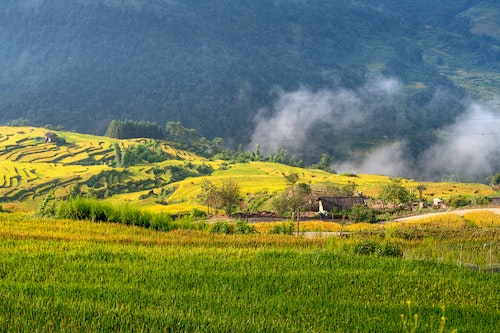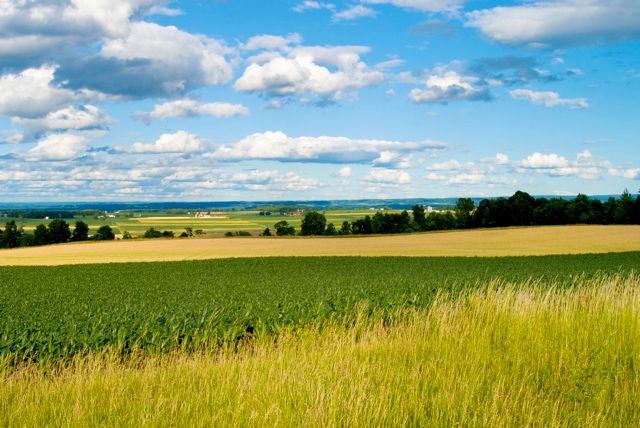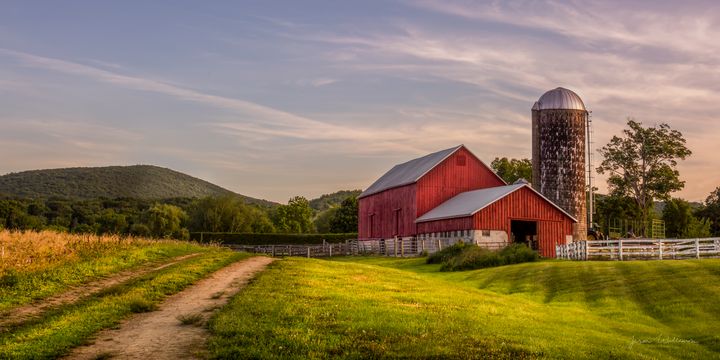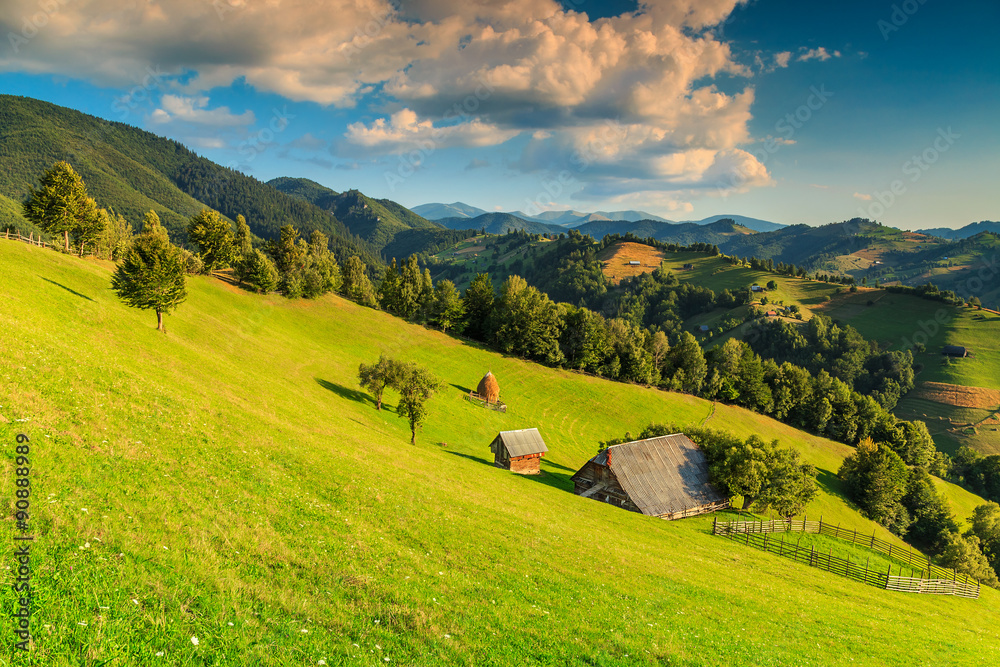What is a landscape?
Landscapes are all the visible features of an area of land, often considered in terms of their aesthetic appeal.
Examples of landscapes:



Landscape photography shows the spaces within the world, sometimes vast and unending, but other times microscopic. Landscape photographs typically capture the presence of nature but can also focus on human-made features or disturbances of landscapes. Landscape images align with the horizon line. The photo is wider than it is tall, to capture the vastness of a natural setting. This view is landscape orientation or horizontal orientation.
A lot of the reason photographers struggle with this is because unlike most other genres, you don’t get to choose what is in the scene or where it is placed, so you need to find new ways to be creative, whether that is through your choice of focal length or creative use of techniques.
Landscape photography may include photos of artificial scenery, such as fields, orchids, gardens and architecture and human-made structures such as buildings, roads bridges etc. Landscape photography is capturing an image that embodies the spirit of the outdoors. It carries a sense of being to see something wonderful for the viewers.
Rural landscapes:
The rural landscape includes a variety of geological and geographic features such as cropland, forests, deserts, swamps, grasslands, pastures, rivers and lakes. The rural landscape provides natural resources, food and fibre, wildlife habitat and inspiration. Rural landscapes provide both ecological and economic benefits to the region. They offer an escape from urban settings and provide valuable open space that allows for the preservation of natural resources. Additionally, they provide interesting cultural attractions and attract tourists.
Rural landscapes are important for ecological reasons. They help to create biodiversity hotspots and preserve endangered species. They also provide habitats for plants and animals, and act as important carbon sinks.
In addition, rural landscapes can boost the local economy by providing open space for businesses, such as farms, wineries, and other agricultural activities. These activities, in turn, create jobs and stimulate economic growth.
Rural landscapes are also essential in terms of tourism. They provide a unique and attractive backdrop for tourists to explore, and allow for a more immersive experience of rural life.
Finally, rural landscapes are important in terms of culture and tradition. They are often home to traditional customs and practices, and are a valuable source of local knowledge.
Rural landscapes Mood Board:






What does landscape mean?
A landscape is a part of the earth that is captured in a singular photo. It consists of the geographic features that mark, or are characteristic of, a particular area. Landscape photography commonly involves daylight photography of natural features of land, sky and waters, at a distance. The word Landscape originated from the Dutch word “landschap” which was a name given to photos of a countryside. The word and technique was borrowed from artists, famous Dutch landscape painters include Jacob van Ruisdael and Vincent van Gogh. It is highly typical for landscape photos to involve naturalistic aspects such as natural mountains, rivers, fields etc. However, photographing human-made features can also be accepted as landscape photos. Landscape photos are very commonly taken in a non-human activity environment and therefore the photographer can devote their full focus so the scenery and not the people that could be involved. As well as art, the definition of a landscape photograph is broad and may include rural or urban settings, industrial areas or nature photography.
When did landscapes emerge as a genre in Western culture?
Although paintings from the earliest ancient and Classical periods included natural scenic elements, landscape as an independent genre did not emerge in the Western tradition until the Renaissance in the 16th century. Landscape painting eventually gained prominence in the late 18th century with the rise of Romanticism, and often continued to carry a religious significance. Additionally, it became a method of self-expression, with the emotions of the painter and their appreciation of nature demonstrated in the painting.
There is some evidence of a landscape tradition in Ancient Greece and Rome, but these paintings often featured other elements. Albrecht Altdorfer’s Landscape with Footbridge, which dates from the early 16th century, is considered the first true landscape in Western art history.

When did classical landscapes emerge as a genre?
In the 17th century the classical landscape was born. These landscapes were influenced by classical antiquity and sought to illustrate an ideal landscape recalling Arcadia, a legendary place in ancient Greece known for its quiet pastoral beauty. The classical landscape was ideally seen in scenes in the mythic and idyllic Arcadia of ancient Greece. The leading practitioners of the genre classical landscapes were the French-born-Italy- based artists called Nicolas Poussin and Claude Lorrain. Both artists spent their time in Rome drawing landscapes of the Roman countryside and Italy was the most common place for things like these because of the beauty of the country and unique sights. Into the 18th century, Italy kept its popularity for classical landscapes but the new centre focus was brought onto France and England.
What prompted the rise of landscape art during the late 18th/19th century?
Landscape painting eventually gained prominence in the late 18th century with the rise of Romanticism, and often continued to carry a religious significance. Additionally, it became a method of self-expression, with the emotions of the painter and their appreciation of nature demonstrated in the painting. The 19th century was a time where landscape art had gained much more attention and was beginning to be seen as a go to piece of art technique. Romanticism was a particular movement or era in art that occurred towards the end of the 18th century during the first half of the 19th century. Romanticism often aimed to put much emphasis on emotion and individualism. Characteristics include a focus on individualism, an emphasis on nature, emotion over reason, freedom of form, an exploration of the Gothic and unknown, a return to the past, the awe and wonder, the idealization of women, the purity of childhood, and the search for subjective truth.
When did landscape photography originate?

This was allegedly the first landscape photograph ever taken, between the years of 1826 and 1827. It was an urban landscape photo taken by a French inventor by the name of Nicephorus Niepce. This photograph took him 8 hours so it was sensible that he didn’t take a moving photograph. Due to landscapes already being a very famous and popular artistic technique, it was no surprise that landscapes also made its way into photograph once the uses of photographs were invented and gained their own popularity. Early photographers seemed to decide that landscapes made the perfect subject because they were static and so the danger of the subject moving was minimal.
